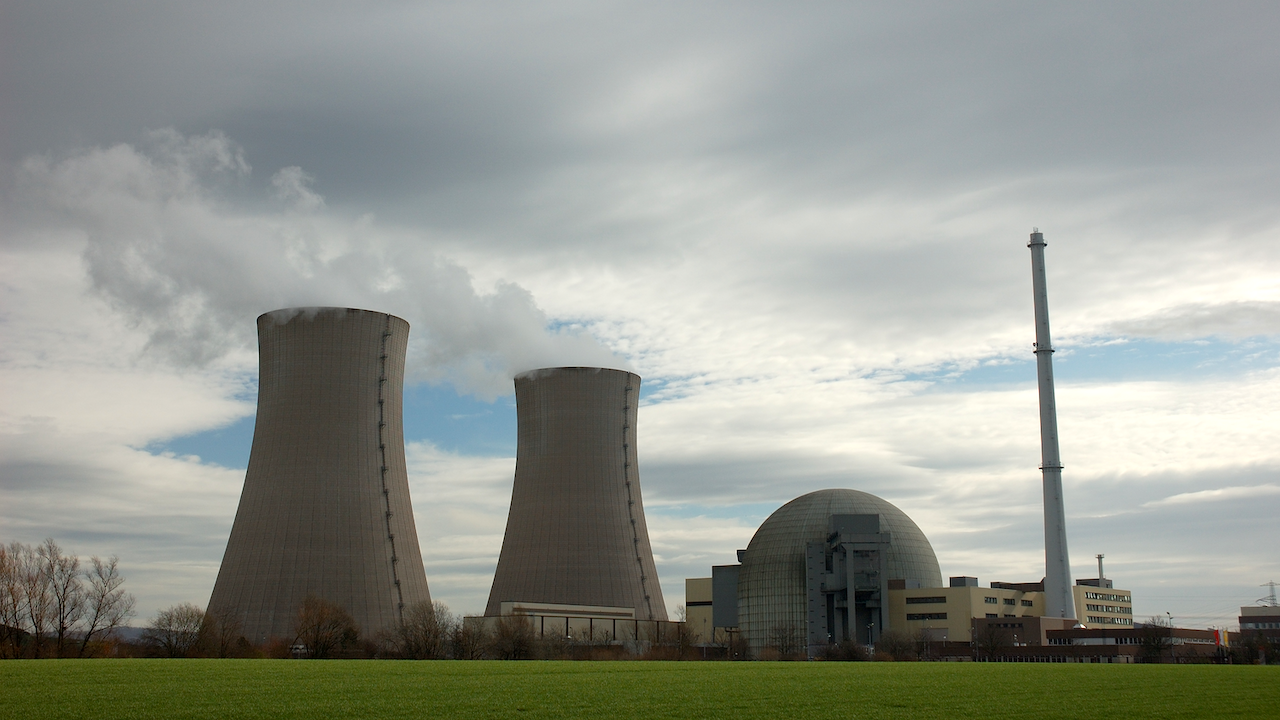NEWS | June 27, 2023
Sweden Embarks on a Shopping Spree for New Nuclear Power Plants.

Sweden diverges from the EU’s Green Deal. The fact that the country’s new government plans to build more nuclear power plants is seen as a setback by nuclear critics. After all, the country had already decided to phase out nuclear energy production 40 years ago. However, nuclear power doesn’t necessarily represent a step backward, especially considering its potential to help reduce CO2 emissions, much like renewable energies.
The Swedish government anticipates a doubling of electricity demand by 2040 to around 300 terawatt-hours (TWh). One reason for this is the planned electrification of heavy industry and the transportation sector, Sweden’s largest CO2 emitters. According to Energy Minister Ebba Busch, achieving this solely with renewable energies is challenging due to their unpredictable energy generation. Hence, the plans of the new Swedish government aim to increase the share of nuclear power from around 30% to 50% by 2030. Ebba Busch succinctly summarized the new strategy in an interview with Plusminus: “Sweden is on a shopping spree for new nuclear power plants.”
Finance Minister Elisabeth Svantesson summarized the new energy goals in parliament as follows: “We need more electricity production, we need clean electricity, and we need a stable energy system.” Instead of “100% renewable energy,” the new slogan is “100% fossil-free electricity.” Even while utilizing nuclear power, Sweden’s declared goal remains achieving net-zero emissions by 2045. This stance is supported by 60% of Swedes surveyed by the Novos polling institute. Five years ago, only half of them were in favor of expanding nuclear energy. And we also believe that considering diverse approaches is important to find an optimal solution.
In fact, significant progress is being made in nuclear energy research. There are molten salt reactors that are much safer and produce waste with a half-life of 300 years instead of 100,000 years. (we reported) The startup “Next-Gen Nordic Nuclear” is developing small modular nuclear power plants in a small street in Gothenburg. These can be prefabricated and assembled on-site, allowing them to be deployed exactly where their energy is needed. Moreover, their waste heat can be used, for instance, for the production of e-fuels and hydrogen. Lastly, the existing infrastructure of old nuclear power plants could ideally support the construction of future nuclear fusion reactors – our hope for (almost) free energy.
Similar to wind and solar energy, nuclear energy also requires and consumes production-critical metals. While renewable energies rely mainly on indium, gallium, germanium, and rare earth elements, nuclear reactor fuel rods require hafnium. The price of this technology metal recently surged in China, while old prices still apply in Europe – this will likely adjust soon, making it a good time for purchasing.